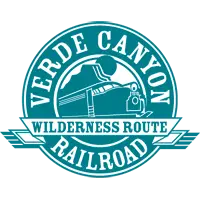Arizona’s Longest-Running Nature Show
Be a Traveler, Not a Tourist
Paul Theroux once said: “Tourists don’t know where they’ve been; travelers don’t know where they’re going.” We want you to be a traveler, not a tourist. Seeing a wealth of natural wonders along the rails of Verde Canyon Railroad opens up a world you won’t know existed until you’re there. Bridge after bridge and curve after curve will broaden your horizon and introduce you to one of Arizona’s grandest canyons.
Sandwiched between two protected sanctuaries, Coconino and Prescott National Forests, the Railroad runs through a wall-to-wall wonderland where vivid high desert unites with a precious ribbon of green vegetation along the Verde River, a rare riparian area that comprises only 2% of Arizona’s landscape. This collision of ecosystems lures a variety of wildlife, a fur and feather roster that makes Verde Canyon Railroad the envy of other excursion trains and adventure tours.
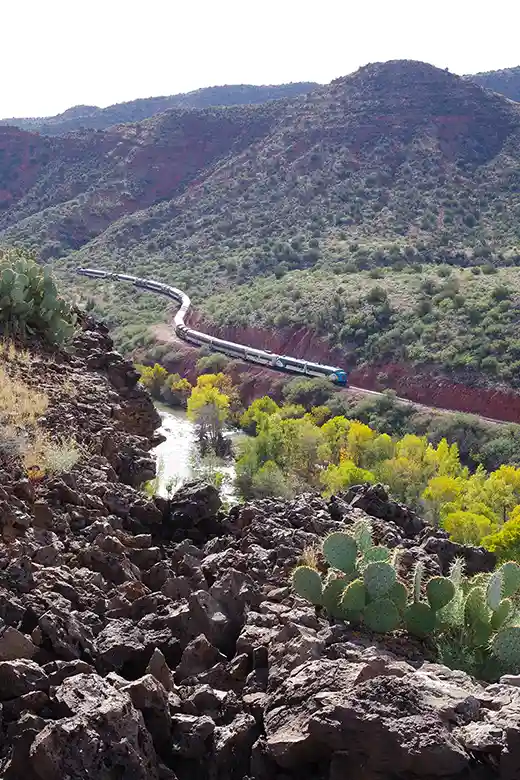
Bald Eagles, Dude, Bald Eagles
Benjamin Franklin voted for the turkey to become the national bird. Thank goodness he lost, and in 1782, the bald eagle became the national symbol of America. That was long before the Verde Valley Railway was even a glimmer in Clark’s eye, but the bald eagle has maintained its celebrity status, especially in the Verde Canyon. So much so, that the symbol graces the Railroad’s historic FP7 locomotives that invade the Canyon almost on a daily basis.
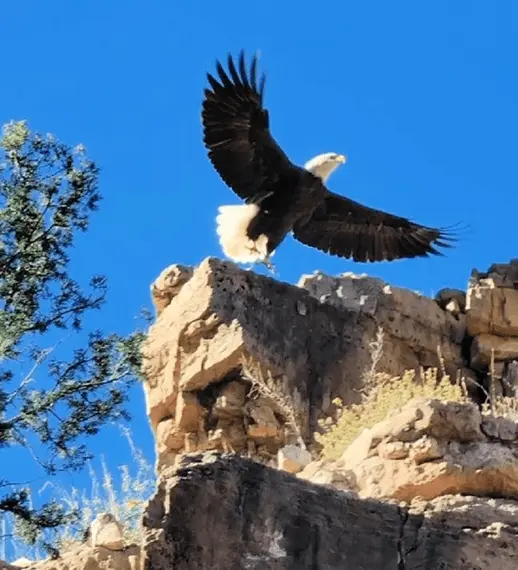

Bald eagles are part of the coalition that join golden eagles and a migrating party of raptors and other southbound birds, including falcons and hawks, to winter each year in the Verde Canyon. Seeing these majestic birds of prey frolic and feed on the banks of the Verde River is part of the overall experience along the Railroad’s path, especially during the winter months.
Verde Canyon: Home to Diverse Wildlife
Other mammals that call the Canyon home include those that live in or near water, including the Great Blue Heron, otters, turtles and different species of fish. An occasional elk population, ancestors of those transplanted from Wyoming once hunters diminished the population of Arizona’s native elk, is occasionally spotted along with javelina, bear and deer. Unlike wintering waterfowl, most of the animals are crepuscular, so their presence is rare and exciting to see in the middle of the day. It isn’t too uncommon to see eaglets peeking over the edge of a six-foot-wide nest or watch an adult eagle perched on a dead limb turn his head 180 degrees to casually watch the train pass by.
Since 1912, trains have existed in harmony with the wilderness and its native inhabitants, and since 1990, Verde Canyon Railroad has offered passengers a glimpse into this treasured wildlife landscape, providing an unforgettable experience that transcends generations.
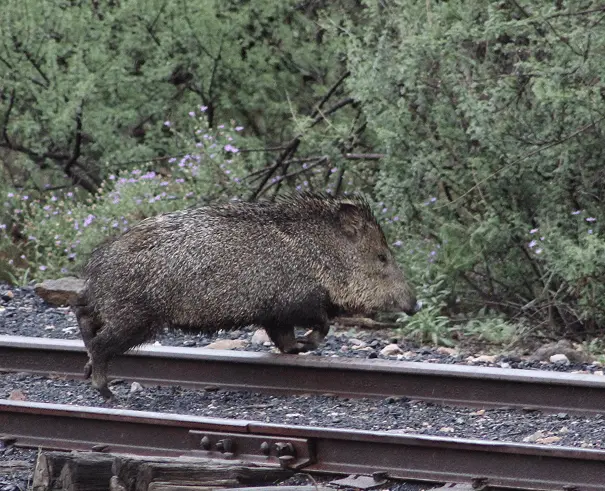
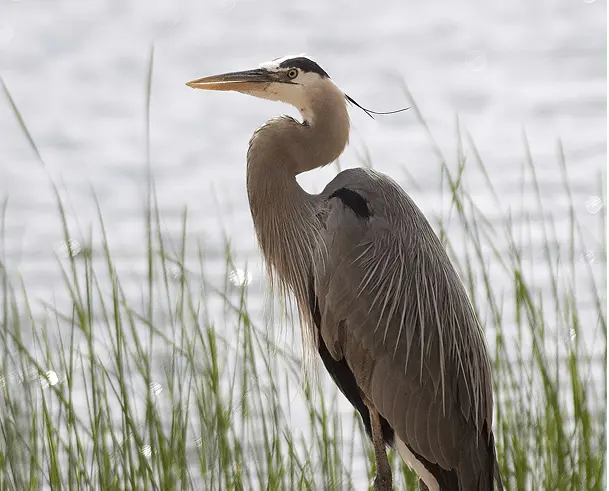
Bewitching Landscape
About 17 million years ago, the crust of the American Southwest was extended when one tectonic plate attached itself to another and then drifted in an opposite direction. The pulling force created an extensive series of basins and mountain ranges as the fractured surface lifted and fell.
More than any other feature, Arizona is defined by the action that created its canyons. All across the state, these great gashes in the land harbor scenery and secrets. One of the most spectacular is Verde Canyon. Take a moment to imagine Sedona and its world-famous terrain without development. Think about Sedona’s looming red buttes and haunting formations with no roads or resorts, no homes or hotels, no galleries or trinket shops. You’ve just conjured up an image of Verde Canyon, only accessible by rail. Park the jeep Alice.
Bewitching Landscape
About 17 million years ago, the crust of the American Southwest was extended when one tectonic plate attached itself to another and then drifted in an opposite direction. The pulling force created an extensive series of basins and mountain ranges as the fractured surface lifted and fell.
More than any other feature, Arizona is defined by the action that created its canyons. All across the state, these great gashes in the land harbor scenery and secrets. One of the most spectacular is Verde Canyon. Take a moment to imagine Sedona and its world-famous terrain without development. Think about Sedona’s looming red buttes and haunting formations with no roads or resorts, no homes or hotels, no galleries or trinket shops. You’ve just conjured up an image of Verde Canyon, only accessible by rail. Park the jeep Alice.
Slow-Rolling Journey
The bewitching scenery forms an unforgettable backdrop for the slow-rolling journey of Verde Canyon Railroad. As you step aboard this popular excursion, complete with luxurious coaches and open-air viewing cars pulled by vintage diesel locomotives, expect to be captivated by the awe-inspiring geological bone structure that overlooks a splashy oasis. Expect to see animated leaves dance in the same breeze that brushes your cheeks on an open-air car. Expect to feel the hypnotic tempo of the train gently sway as it glides past ancient archaeology that beckoned researchers into sandboxes seeking knowledge of where people have been, not where they were going.
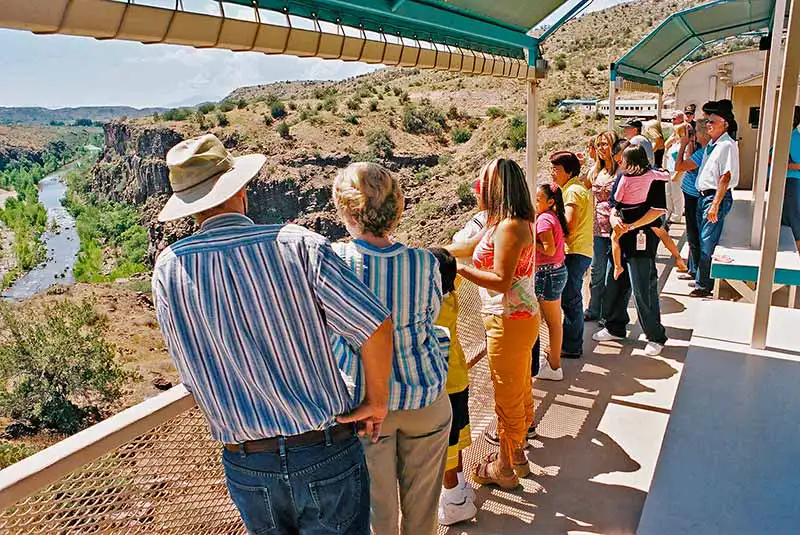
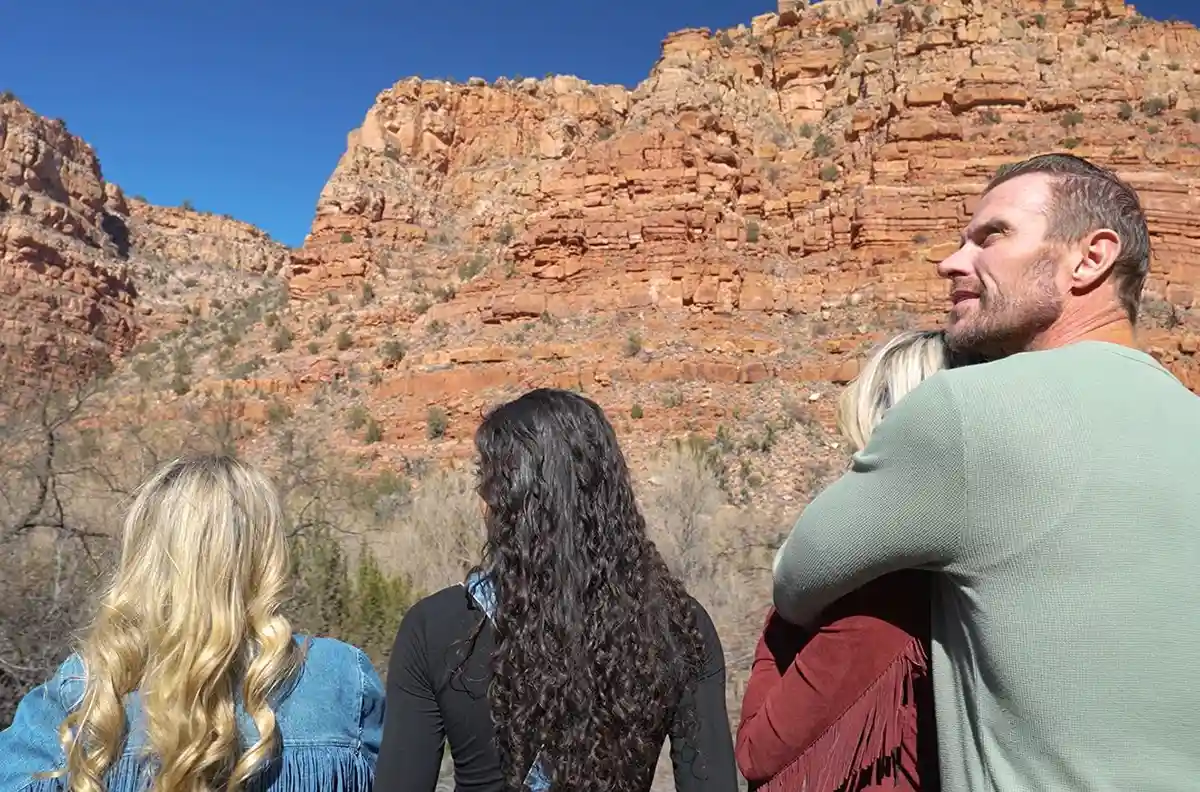
The trip through the Verde Canyon is designed so passengers may enjoy the progress of daylight as it skims over the undulating clear waters of the Verde River, then tiptoes across the canyon floor through crowns of foliage before escaping up towering canyon walls into the brilliant sapphire skies of this renowned gorge. It’s a trip where a river is more than an amenity, where wilderness is praised and chirping comes from a bird, not your cell phone. It’s a place where pillars of rock reveal multicolored layers of terrestrial history. It’s a journey where nature is at its purest, and no trace is left behind to ruin its pageantry.
The Ancients
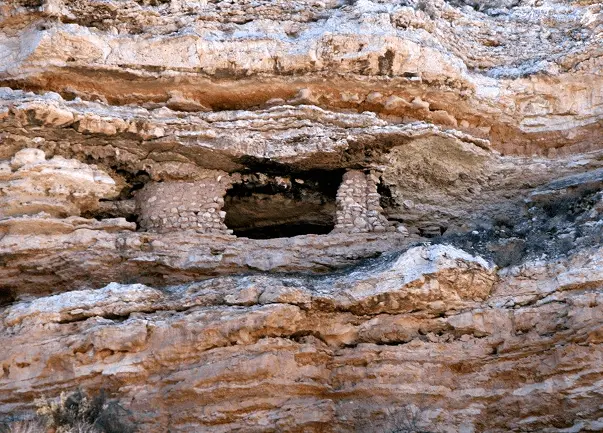
The train passes Sycamore Canyon, 21 miles of designated wilderness that once was a playground for miners pursuing Arizona’s gold rush. Folklore, legends and mysterious tales still circulate about prospectors who met unsavory, penniless conclusions in the Canyon. Shadowy stories are still told on barroom stools about the unearthing of copper stills and whiskey barrels dating back to Prohibition, a time when railroad workers and miners were convinced by bootleggers to give up a huge portion of their pay for a mason jar full of booze.
Reason to Return
The Canyon is full of surprises: ghostly reminders of those who paved the way, an inviting winter respite for the fly-in crowd, remarkable geologic statues that have withstood the hardship of time, a free-flowing river that is part of a 170-mile riparian oasis carved into a high-desert panorama, and a destination for travelers who will want to see it once more in an ever-changing new season.
